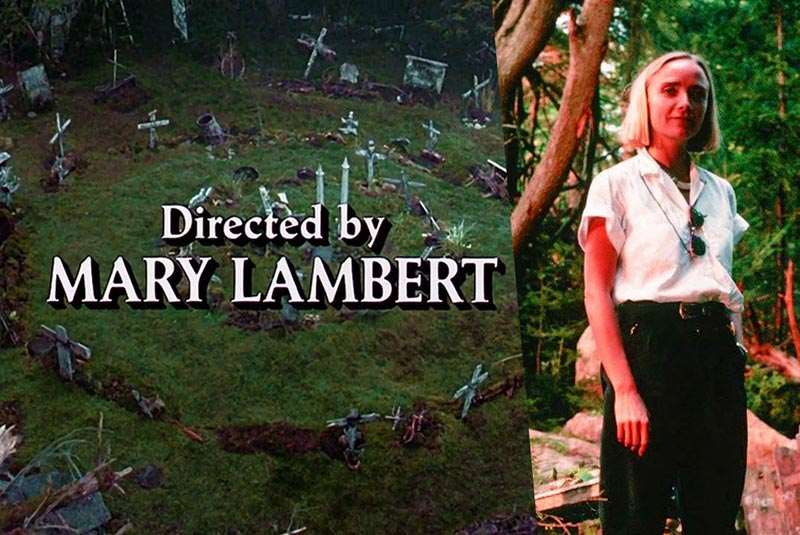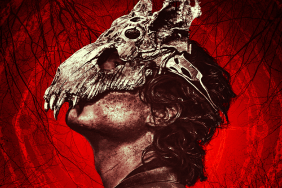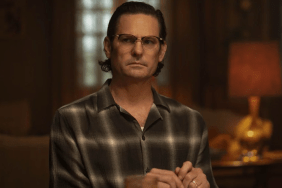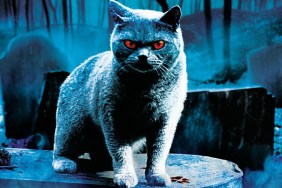With Paramount Pictures’ remake of Stephen King’s bestseller Pet Sematary opening to $24.5 million this past weekend, ComingSoon.net got a chance to talk to director Mary Lambert (Pet Sematary II, Arrow, The Blacklist) about her favorite memories of making the original 1989 Pet Sematary. Check out Mary Lambert’s 9 Favorite Pet Sematary 1989 Memories in the gallery below, and click here to purchase the new 4K edition of the original film!
RELATED: CS Video: The Pet Sematary Cast Opens Up About the Horrifying Remake
Pet Sematary is based on the seminal horror novel by Stephen King which follows Dr. Louis Creed (Jason Clarke), who, after relocating with his wife Rachel (Amy Seimetz) and their two young children from Boston to rural Maine, discovers a mysterious burial ground hidden deep in the woods near the family’s new home. When tragedy strikes, Louis turns to his unusual neighbor, Jud Crandall (John Lithgow), setting off a perilous chain reaction that unleashes an unfathomable evil with horrific consequences.
Paramount Pictures‘ adaptation will be directed by Dennis Widmyer and Kevin Kolsch (Starry Eyes) and is written by Jeff Buhler, the showrunner for Syfy’s upcoming horror science fiction series, Nightflyers, based on the George R.R. Martin novella. Lorenzo di Bonaventura (1408, Transformers) is producing along with Mark Vahradian and Steven Schneider (Insidious).
Pet Sematary is now playing in theaters everywhere.
Mary Lambert's Pet Sematary Memories
-
#1. Working With Stephen King

It was such a creative shoot and it was so much fun for me because everything with him is all about the work. It’s not about politics. It’s not about some formula that has to be hit. It’s about he loves to scare people. Whenever I would have an idea I would call him up and he would never say no to me, he would just add onto it. From the very first moment his enthusiasm and presence was such a part of the movie. I loved having him on the set. Sometimes having the writer there feels like you’re being held back, especially if you’re not in creative sync. It can be someone who’s always looking over your shoulder. It was never like that with Stephen. I always felt like he was there to support me.
-
#2. Miko Hughes

Miko Hughes was not quite three at the time, and he was not completely verbal. Most children learn to talk sometime between the ages of two and three, but they’re not talking in complete sentences. They’re communicating, but I always from the beginning felt like Miko was going to be able to act. He was not just going to be like a doll that we pushed around the set and took pictures of, but that he was going to give a performance for the movie. And he did. I have such a distinct memory of the day that he learned to go to his mark and wait for action. It was so satisfying. I’m teaching him something. I was like, “Okay, Miko, go to your mark.” And he trotted over to his mark and stood on it. And some actors never learn how to go to their mark.
-
#3. Go For It

It was a night shoot. Rachel is traveling back to Maine, and we’re shooting those scenes where her car goes off the road. It was a long night, and it was raining. It was sleeting. It was freezing cold. I just have this really strong memory of going to the line producer Ralph Singleton and saying, “Ralph, we can’t shoot tonight. It’s horrible. It’s freezing and it’s raining.” And Ralph looks at me and he goes, “We’ve got to go for it, Mary." It was early in my career, and I looked back at Ralph and I was like, “Please? Please can we not shoot tonight?” Like, “No, you’ve got to go for it.” It was a defining moment for me, that when you’re on location, when you’re shooting a movie, you have to go for it. That’s when I started collecting gear. You have to have a good raincoat. You have to have good long underwear. You’ve got to have good boots. You’ve got to go for it.
-
#4. Art Department
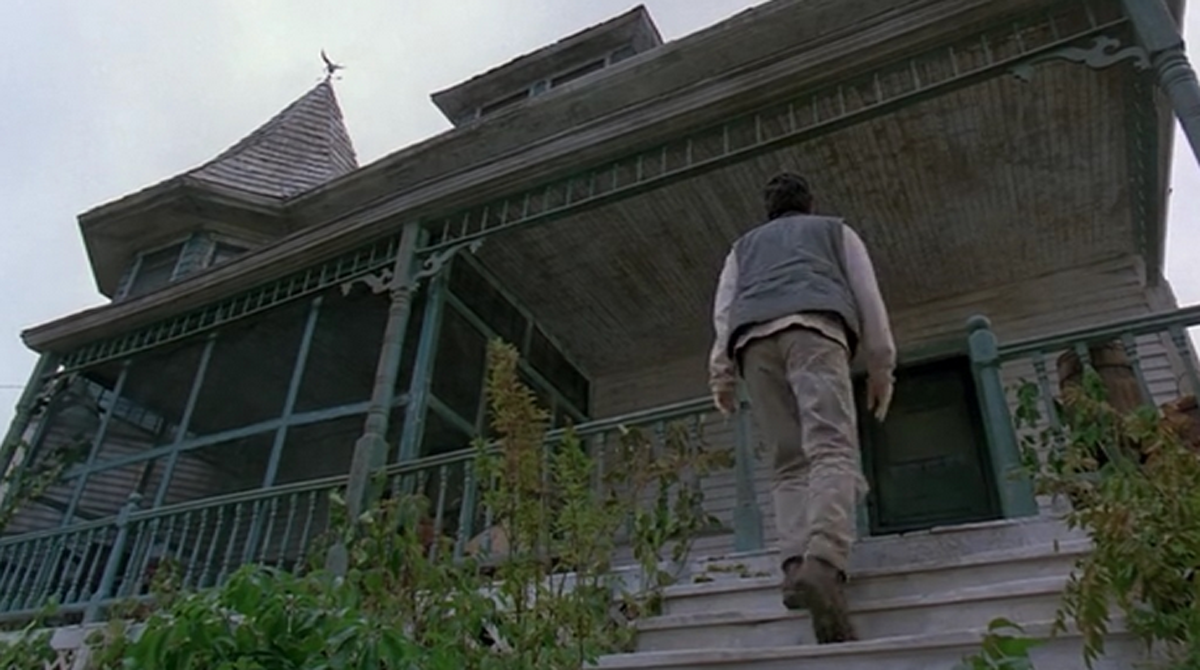
Another one of my favorite memories is the way that the house looked after the evil spirit from the Pet Sematary kind of takes over there. I love the way it was described in the book, and love the idea that this evil force coming from nature invades Jud’s house because he told Louis. He shouldn’t have told Louis about the Pet Sematary, but he did, and so he opened himself up to this evil spirit to come and take over his house. I had this very particular way I wanted it to look with moss growing up there. That was one of those moments where I really connected with the art department and it turned out exactly the way I imagined it and it was very satisfying. To this day I love that set. And I think a lot of people have copied it, honestly.
-
#5. Stephen King's Cameo

The funeral scene with Stephen is one of my favorite memories because there was some pushback. People were like, "Well, if Stephen does a cameo, it’ll take people out of the movie," but I really didn’t think that that was going to be true and he was perfect for that priest. I love that scene and I love that moment at the end of the scene, where Louis and Jud are talking about Ellie’s cat. And Jud says, “It’s your cat now, Louis.” Because that’s kind of the essence of the movie. That’s what the movie’s about, is owning your decisions. You make decisions and you have to own them.
-
#6. Burning Down the Houses

The night we burned down Timmy Baterman’s house, because that was before CGI. People routinely used a lot of CGI in fire scenes, and we really burned that house down. I’m glad we did it before we did the final scene, where we burned down Jud’s house, because I had never lit a fire that big or been near a fire that was that big, and it was so hot and intense. We were way back from it with the cameras, and you could barely stand the heat from it. The actors were all stunt people that were running around through and then out of that house. There was something satisfying about burning the house down, and if you look at the scene at the end, when Louis is walking away from Jud's burning house, he has this expression on his face of pain and anxiety. It’s perfect for the scene, but it was also because it was so hot and frightening.
-
#7. Costume Design

Working with Marlene Stewart as the costume designer because Marlene is one of my closest friends, and she did a lot of the costumes for my Madonna videos. I begged her to do “Pet Sematary,” which is not the kind of glamorous stuff that she’s used to doing. She would bring me beautiful clothes and I would say, “No, Marlene, you’ve got to go run a truck over them. They’re too clean and they look too nice.” But she also brought this glamor to the movie that I think is nostalgia for this perfect family. Part of that is the way she dressed Denise and the way she dressed those children. She brought a real sense of style, but it’s not too stylized. It’s idealized. It’s aspirational, and that’s what I wanted. I wanted that family to look so perfect that you couldn’t believe it was going to be torn apart. I love the way she dressed Denise, who was also one of my close friends. She made her glamorous, but a glamorous mom.
-
#8. Dee Dee Ramone
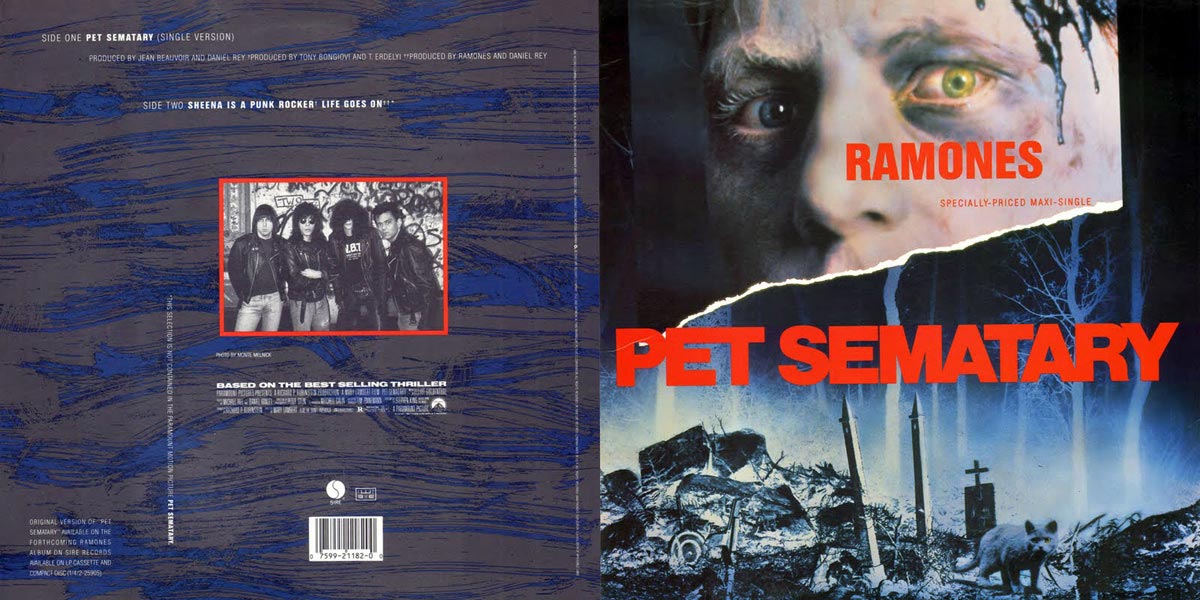
I loved Dee Dee Ramone’s song at the end of the movie, “I Don’t Want to Be Buried in the Pet Sematary” because, again, I’m giving you the memories about the people. I had so many people who were my good friends who worked on the movie with me, and then who later became even better. Dee Dee and I were friends, and I was very into that whole music scene in New York, and Tina and Chris from the Talking Heads are still my close friends. But I knew Dee Dee would come up with something really great for the song, but I couldn’t imagine what it would be, and it’s because it was just so the essence of who Dee Dee was, which is “I don’t want to be buried in a pet sematary, I don’t want to live this life again.” First of all, it’s a logline for the movie, basically. He completely summarizes the movie in one sentence, which also summarizes Dee Dee’s life, which was very tough. And I don’t think he wanted to live it again, honestly.
-
#9. Fred Gwynne

Directing Fred Gywnne, who was over six feet tall, in scenes with Miko, who was probably 30 inches tall at that time. It was just so funny to me, the disparity between their sizes and their places in life. It was so much fun to connect them and to see them connect to each other. Fred was an amazing actor. He could do anything, and everything he did was filtered through his amazing ability. Sometimes he would grumble and he would talk about how much he hated kids and hated working, he couldn’t believe he had to work with animals and kids in one damn set. He would get really grumpy about it, but that didn’t stop him from loving it at the same time. The thing that you always want your actors to do is listen to each other and react to each other and be real and give that to the moment. Fred did that with a two-year-old, and it really worked.
